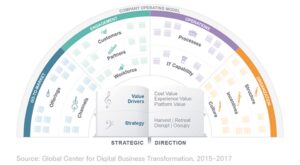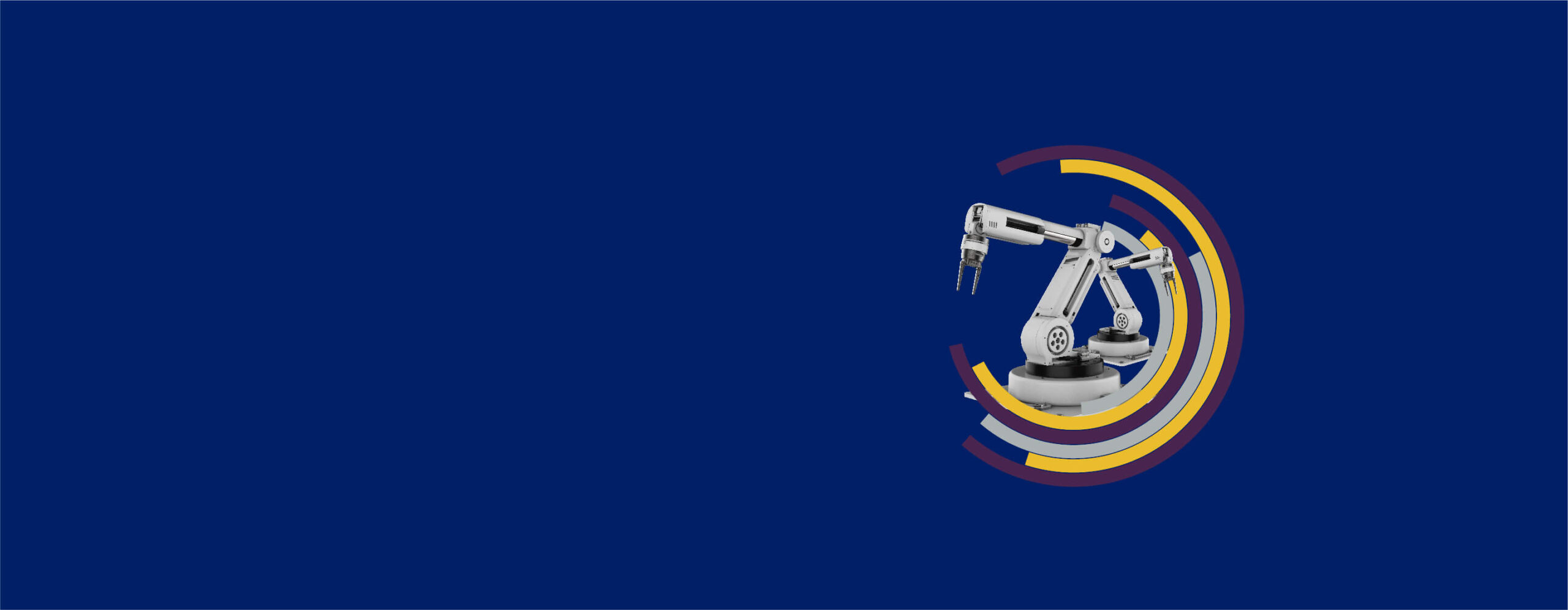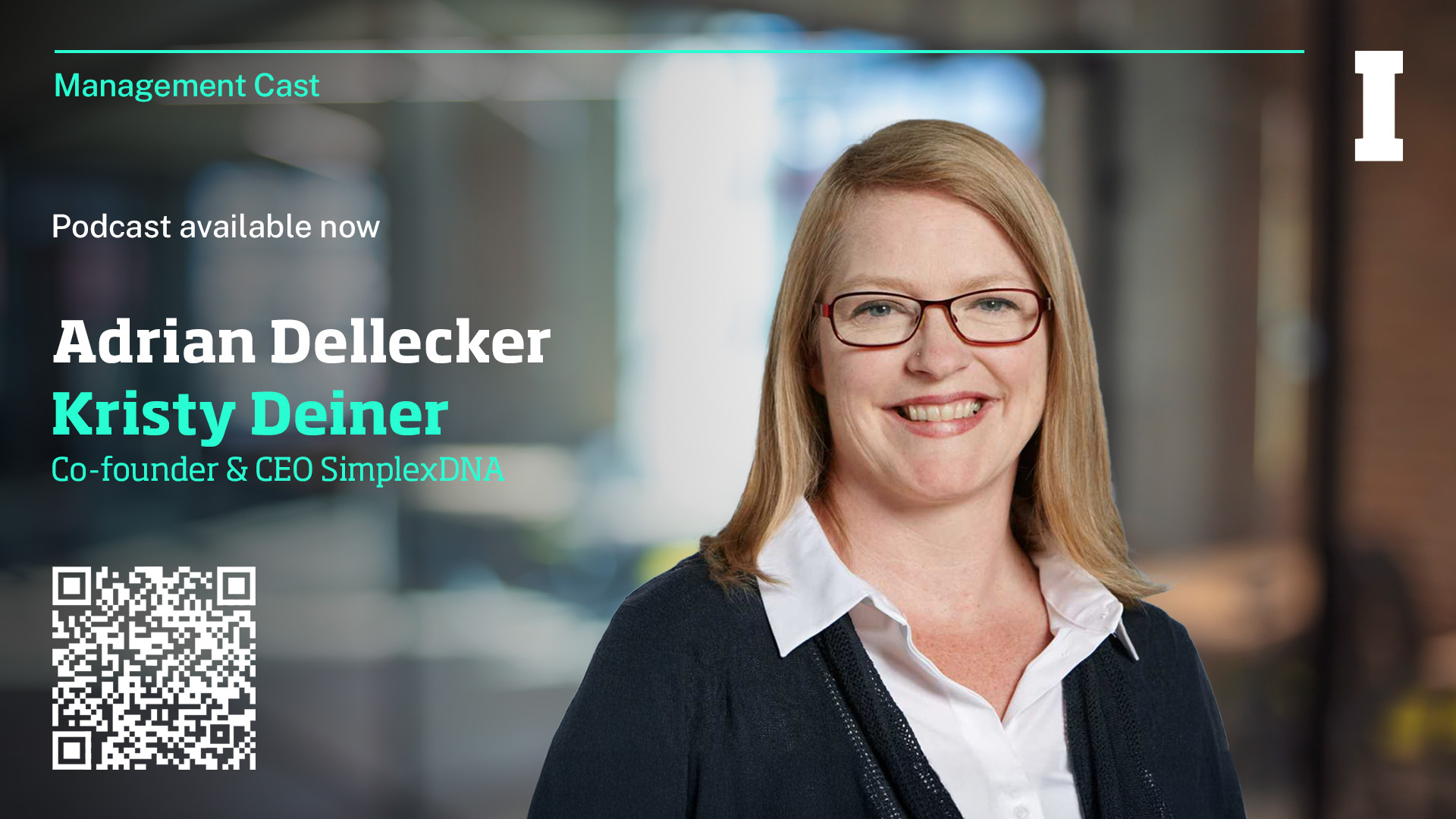
Orchestrating Digital Business Transformation
The Global Center for Digital Business Transformation is turning its research lens to a different set of questions that are top-of-mind for the hundreds of senior executives with whom we have engaged:
- How should we execute our digital transformation?
- Where do we start?
- What is the sequencing of actions?
- And in different areas of the business, what precisely should we change, and to what extent?
To address these questions, we are launching a new research project we refer to as “Digital Orchestra.” Just as conceiving of digital disruption as a vortex helped us explain how disruption changes the nature of competition, the analogy of an orchestra illustrates how to execute a digital transformation.

Orchestrating Digital Business Success
To thrive amid digital disruption, a company’s executives must answer fundamental questions about the value they want to create – and their strategic options for getting there. By answering these questions, they set the strategic direction, the execution of which will require significant changes across many aspects of the business. These parts of the business – the company’s operating model – constitute the “orchestra.”
To learn more about the Digital Orchestra, read the full report.
Research Information & Knowledge Hub for additional information on IMD publications

AI is reshaping careers, but future-proof skills aren’t what you think. Vision, expertise, and deep knowledge - not hype - are key to success in an AI world.

All organizations should have a plan to secure trust during, after (and even before) a crisis hits. Here are a host of examples, good and bad, to learn from.
Medacta Group SA is a rising star in the orthopedics market, achieving global success through innovative products and techniques, with a particular emphasis on minimally invasive techniques that bring meaningful value to its patients. With its app...

China's technology sector leads global innovation with AI, semiconductor growth, and strategic diversification. R&D investments fuel success amid regulatory challenges.

10 years of exclusive surveys reveal top supply chain strategy challenges—and how tools like AI, ML, and digital twins are reshaping the path forward.

Uncover AI use cases and opportunities with 4 clear imperatives that align data with business value. Avoid pitfalls and ask the right questions.

Explore eDNA science with Kristy Deiner on the IMD Management Cast . Learn how genetics, biodiversity, and data analytics shape conservation and the bioeconomy.
IMD produces a yearly Smart City Index offering a balanced focus on economic and technological aspects of smart cities on the one hand, and “humane dimensions” of smart cities (quality of life, environment, and inclusiveness) on the other. In this...

Stay ahead in a shifting global economy. Learn how to build resilient supply chains, manage currency risks, and adapt strategies for long-term business success.
The case study introduces an original way of exploring the many questions and concerns around AI adoption in business. Based on a true story, it discusses the dilemma of AI implementation through Joe, the CIO of ParcelFlow. Joe is getting ready to...
in I by IMD
Research Information & Knowledge Hub for additional information on IMD publications
in I by IMD
Research Information & Knowledge Hub for additional information on IMD publications
Case reference: IMD-2663 ©2025
Research Information & Knowledge Hub for additional information on IMD publications
Research Information & Knowledge Hub for additional information on IMD publications
Research Information & Knowledge Hub for additional information on IMD publications
Research Information & Knowledge Hub for additional information on IMD publications
in I by IMD
Research Information & Knowledge Hub for additional information on IMD publications
IMD World Competitiveness Center Report, 8 April 2025
Research Information & Knowledge Hub for additional information on IMD publications
Research Information & Knowledge Hub for additional information on IMD publications
Research Information & Knowledge Hub for additional information on IMD publications

